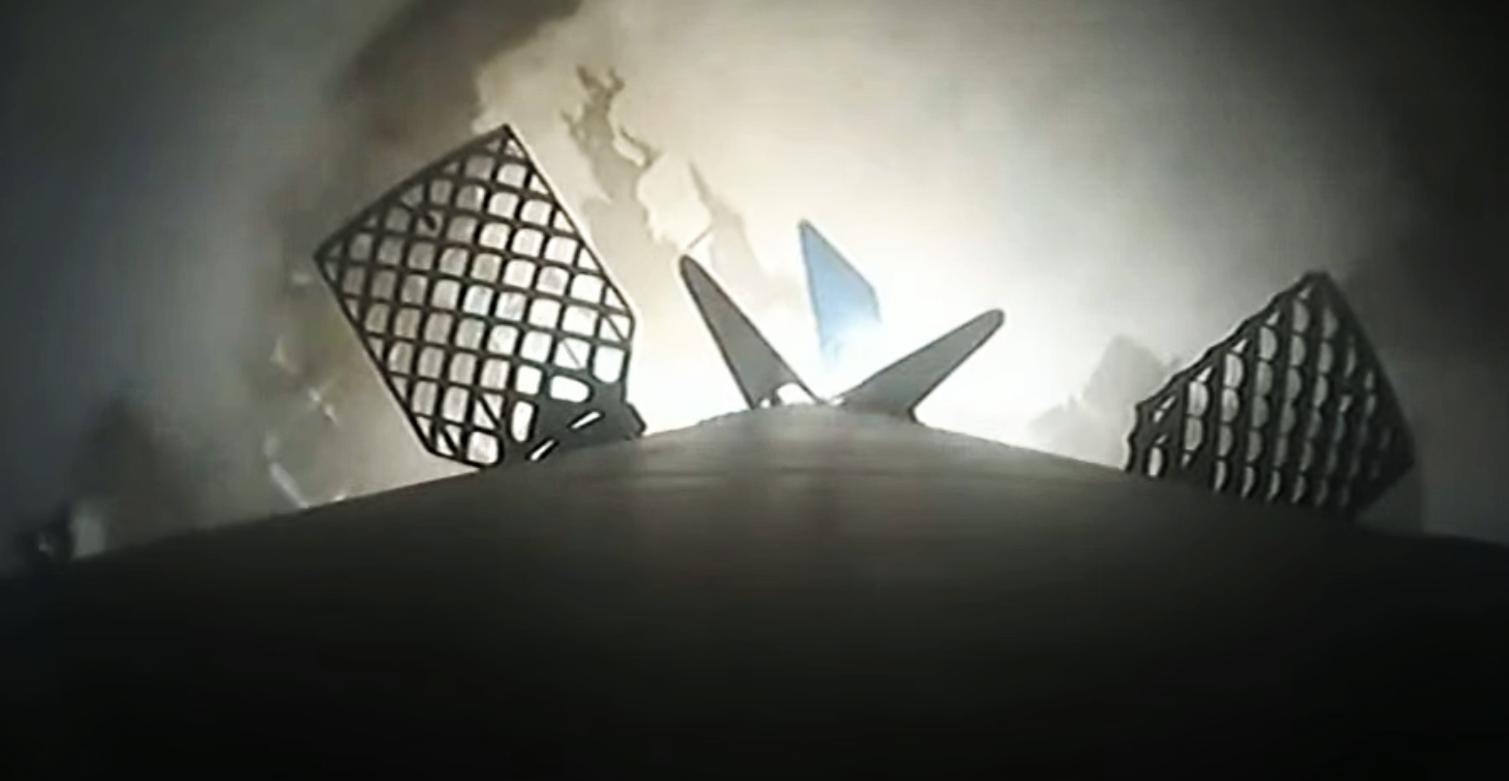
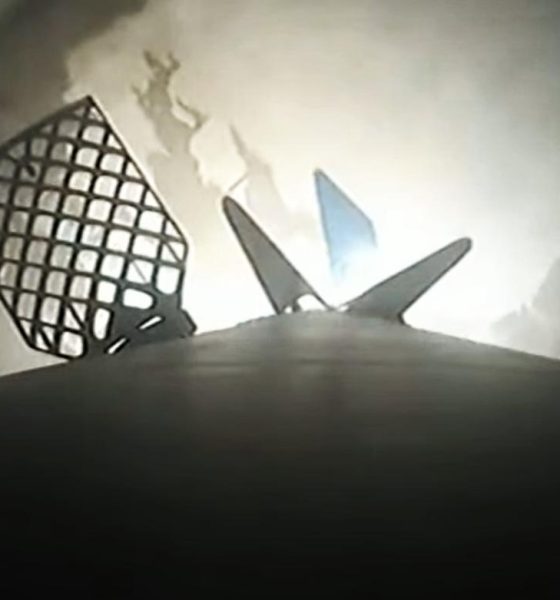
News
SpaceX nails 50th rocket booster landing ahead of Crew Dragon takeover
On its fifth launch of 2020, SpaceX has nailed its 50th Falcon rocket booster landing and sent Cargo Dragon (Dragon 1) en route to the International Space Station (ISS) on its final mission, paving the way for Crew Dragon’s imminent takeover.
At 11:50 pm EST (4:50 UTC), a flight-proven Falcon 9 booster and twice-flown Cargo Dragon spacecraft lifted off from SpaceX’s LC-40 Cape Canaveral Air Force Station (CCAFS) launch pad, sending the Dragon 1 spacecraft on its third and final orbital launch. Things went as planned and the booster nailed its second landing, coming to a rest at Landing Zone-1 (LZ-1), while Falcon 9’s second stage successfully placed Dragon in orbit and deployed the vehicle. Now safely in orbit with both solar arrays deployed, Cargo Dragon will use built-in maneuvering thrusters to tweak its orbit, ultimately rendezvousing with space station no earlier than the morning (EDT) of March 9th.
Hopefully wrapping up a decade of success, the CRS-20 mission will be SpaceX’s last under NASA’s Commercial Resupply Services (CRS) Phase 1 contract, marking Cargo Dragon’s 20th successful space station rendezvous and 19th operational resupply mission. Over those 19 CRS missions, SpaceX – once CRS-20 has safely berthed – will have delivered nearly 45 metric tons (100,000 lb) of cargo to the space station and returned another 31 metric tons (>70,000 lb) to Earth, remaining the only operational spacecraft capable of doing so. While Dragon 1 will cease operations after capsule C112’s planned reentry and splashdown sometime next month, the vast wealth of expertise SpaceX has derived has already been funneled directly into Crew Dragon (Dragon 2), its successor.

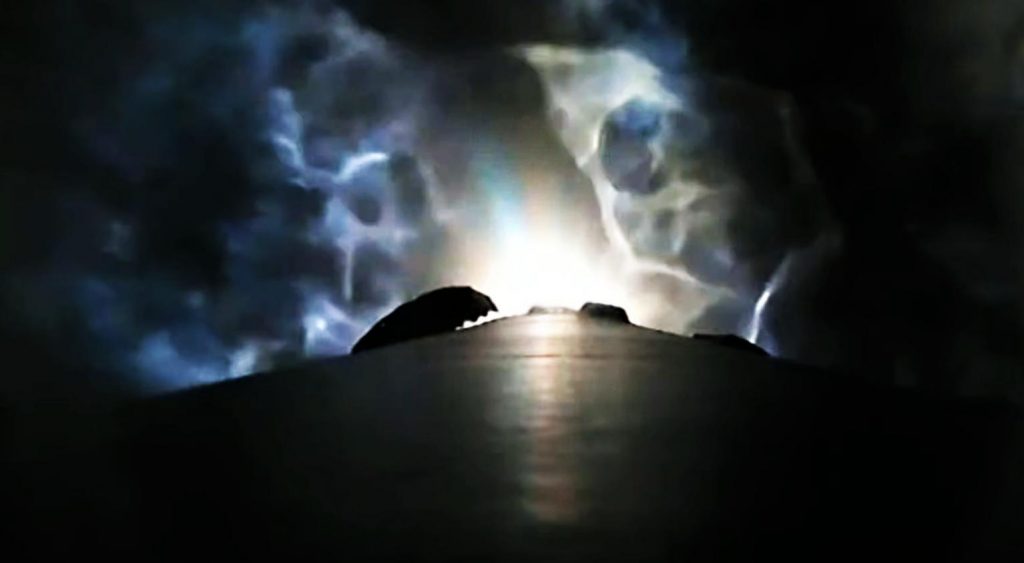
Carrying about 2050 kg (4500 lb) of cargo, Cargo Dragon capsule C112 and its expendable trunk section will spend about a month in orbit after berthing with the space station this Monday. The mission may be the last time in history a SpaceX spacecraft berths with the International Space Station, a process that the Dragon 2 spacecraft will soon replace outright once it takes over. Instead of berthing, which refers to the process of astronauts manually ‘grappling’ a visiting vehicle with the space station’s massive robotic arm, SpaceX’s next-generation spacecraft relies on docking, meaning that it does all the work itself.
Docking is thus somewhat riskier and more technically challenging, but it also requires far less input from the station’s crew and can be done almost entirely autonomously, further simplifying the rendezvous process. Once it gets to that point, SpaceX’s massive Starship spacecraft will likely rely on the same docking technology if or when it comes time for it to mate with the ISS – the vehicle is simply too big for anything else.
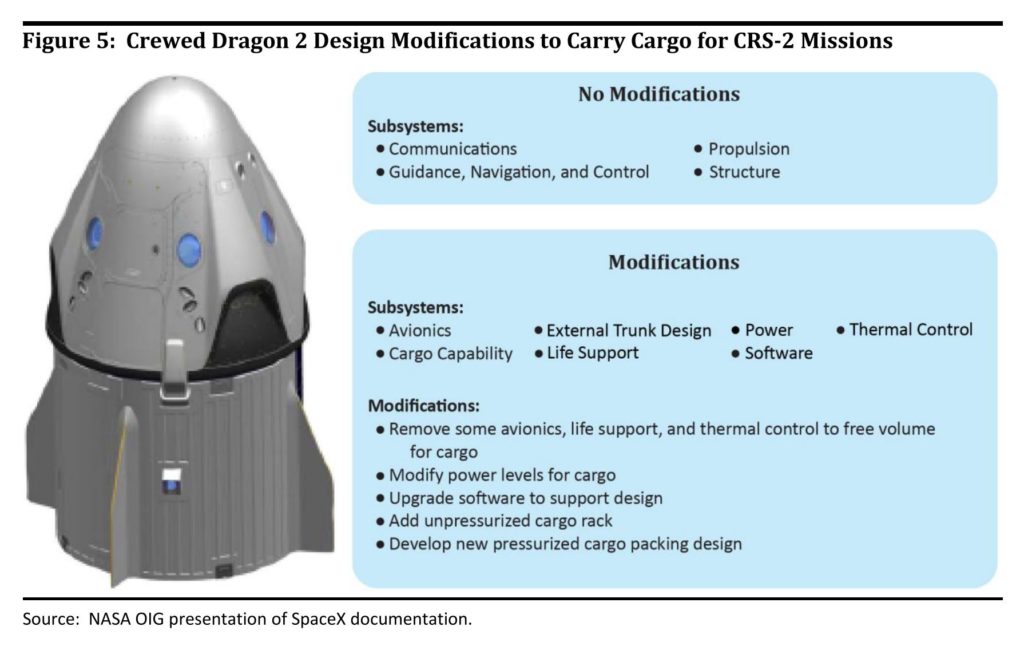
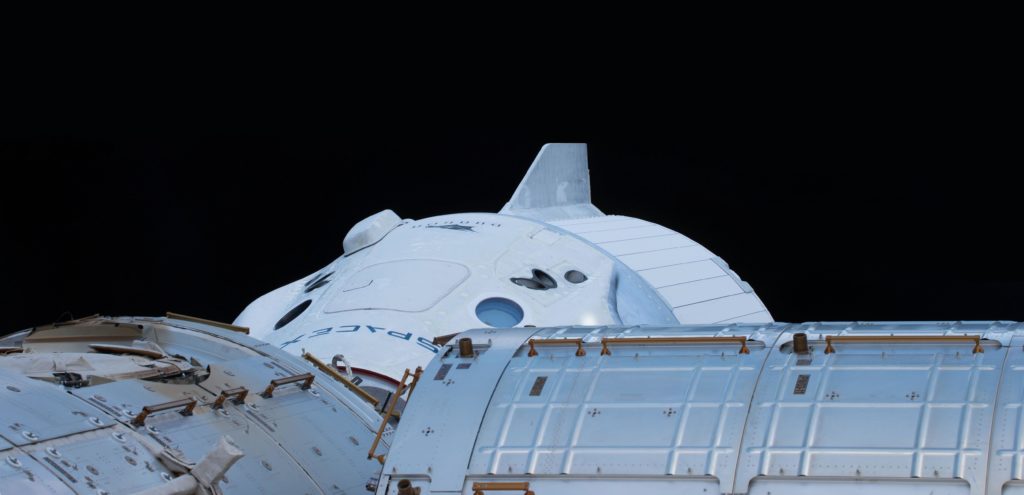
A slightly tweaked version of Crew Dragon, SpaceX’s future Cargo Dragon 2 spacecraft will replace its human passengers with the same supplies Cargo Dragon currently ferries to and from the ISS. According to Vice President of Build and Build Reliability Hans Koenigsmann, SpaceX has already begun building its first Cargo Dragon 2 spacecraft back at its Hawthorne, California headquarters. That vehicle’s launch debut is scheduled no earlier than (NET) “fall” 2020 and will support CRS-21, SpaceX’s first NASA resupply mission under its CRS Phase 2 contract.
Cargo Dragon 2’s “launch debut” should thankfully be quite the non-event. Crew Dragon – nearly identical – will have hopefully flown at least two (and perhaps three) orbital missions to the space station by then, dramatically reducing risk. The spacecraft will also use Falcon 9, currently classed as one of the world’s most reliable launch vehicles. CRS-20 marked the rocket’s 54th consecutively successful launch, as well as SpaceX’s 50th successful booster landing since December 2015.
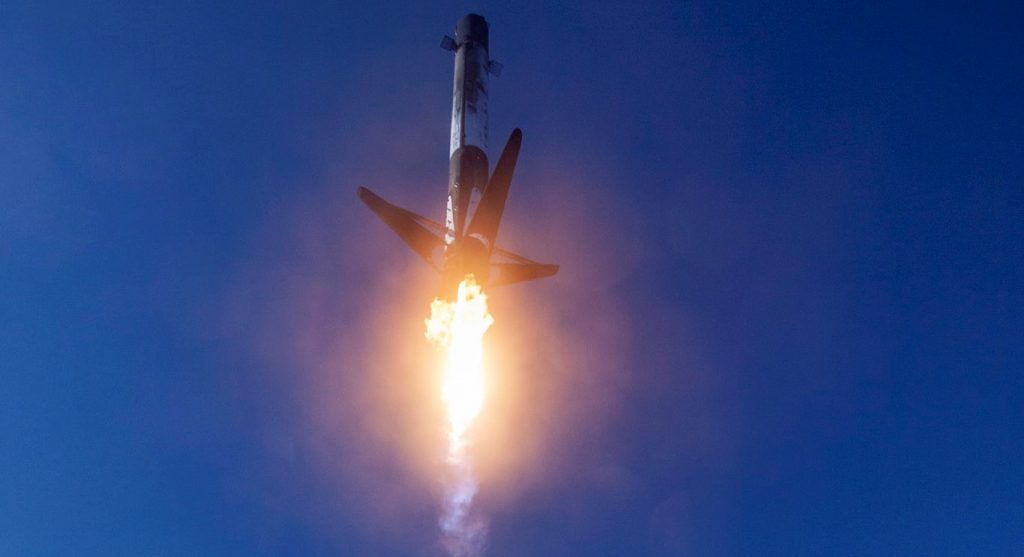
For now, though, Cargo Dragon C112 still needs to make its way uphill to rendezvous with the ISS for the final time. Stay tuned for updates on the spacecraft’s last orbital mission.
Check out Teslarati’s Marketplace! We offer Tesla accessories, including for the Tesla Cybertruck and Tesla Model 3.

News
Tesla Model 3 named New Zealand’s best passenger car of 2025
Tesla flipped the switch on Full Self-Driving (Supervised) in September, turning every Model 3 and Model Y into New Zealand’s most advanced production car overnight.

The refreshed Tesla Model 3 has won the DRIVEN Car Guide AA Insurance NZ Car of the Year 2025 award in the Passenger Car category, beating all traditional and electric rivals.
Judges praised the all-electric sedan’s driving dynamics, value-packed EV tech, and the game-changing addition of Full Self-Driving (Supervised) that went live in New Zealand this September.
Why the Model 3 clinched the crown
DRIVEN admitted they were late to the “Highland” party because the updated sedan arrived in New Zealand as a 2024 model, just before the new Model Y stole the headlines. Yet two things forced a re-evaluation this year.
First, experiencing the new Model Y reminded testers how many big upgrades originated in the Model 3, such as the smoother ride, quieter cabin, ventilated seats, rear touchscreen, and stalk-less minimalist interior. Second, and far more importantly, Tesla flipped the switch on Full Self-Driving (Supervised) in September, turning every Model 3 and Model Y into New Zealand’s most advanced production car overnight.
FSD changes everything for Kiwi buyers
The publication called the entry-level rear-wheel-drive version “good to drive and represents a lot of EV technology for the money,” but highlighted that FSD elevates it into another league. “Make no mistake, despite the ‘Supervised’ bit in the name that requires you to remain ready to take control, it’s autonomous and very capable in some surprisingly tricky scenarios,” the review stated.
At NZ$11,400, FSD is far from cheap, but Tesla also offers FSD (Supervised) on a $159 monthly subscription, making the tech accessible without the full upfront investment. That’s a game-changer, as it allows users to access the company’s most advanced system without forking over a huge amount of money.
News
Tesla starts rolling out FSD V14.2.1 to AI4 vehicles including Cybertruck
FSD V14.2.1 was released just about a week after the initial FSD V14.2 update was rolled out.

It appears that the Tesla AI team burned the midnight oil, allowing them to release FSD V14.2.1 on Thanksgiving. The update has been reported by Tesla owners with AI4 vehicles, as well as Cybertruck owners.
For the Tesla AI team, at least, it appears that work really does not stop.
FSD V14.2.1
Initial posts about FSD V14.2.1 were shared by Tesla owners on social media platform X. As per the Tesla owners, V14.2.1 appears to be a point update that’s designed to polish the features and capacities that have been available in FSD V14. A look at the release notes for FSD V14.2.1, however, shows that an extra line has been added.
“Camera visibility can lead to increased attention monitoring sensitivity.”
Whether this could lead to more drivers being alerted to pay attention to the roads more remains to be seen. This would likely become evident as soon as the first batch of videos from Tesla owners who received V14.21 start sharing their first drive impressions of the update. Despite the update being released on Thanksgiving, it would not be surprising if first impressions videos of FSD V14.2.1 are shared today, just the same.
Rapid FSD releases
What is rather interesting and impressive is the fact that FSD V14.2.1 was released just about a week after the initial FSD V14.2 update was rolled out. This bodes well for Tesla’s FSD users, especially since CEO Elon Musk has stated in the past that the V14.2 series will be for “widespread use.”
FSD V14 has so far received numerous positive reviews from Tesla owners, with numerous drivers noting that the system now drives better than most human drivers because it is cautious, confident, and considerate at the same time. The only question now, really, is if the V14.2 series does make it to the company’s wide FSD fleet, which is still populated by numerous HW3 vehicles.
News
Waymo rider data hints that Tesla’s Cybercab strategy might be the smartest, after all
These observations all but validate Tesla’s controversial two-seat Cybercab strategy, which has caught a lot of criticism since it was unveiled last year.

Toyota Connected Europe designer Karim Dia Toubajie has highlighted a particular trend that became evident in Waymo’s Q3 2025 occupancy stats. As it turned out, 90% of the trips taken by the driverless taxis carried two or fewer passengers.
These observations all but validate Tesla’s controversial two-seat Cybercab strategy, which has caught a lot of criticism since it was unveiled last year.
Toyota designer observes a trend
Karim Dia Toubajie, Lead Product Designer (Sustainable Mobility) at Toyota Connected Europe, analyzed Waymo’s latest California Public Utilities Commission filings and posted the results on LinkedIn this week.
“90% of robotaxi trips have 2 or less passengers, so why are we using 5-seater vehicles?” Toubajie asked. He continued: “90% of trips have 2 or less people, 75% of trips have 1 or less people.” He accompanied his comments with a graphic showing Waymo’s occupancy rates, which showed 71% of trips having one passenger, 15% of trips having two passengers, 6% of trips having three passengers, 5% of trips having zero passengers, and only 3% of trips having four passengers.
The data excludes operational trips like depot runs or charging, though Toubajie pointed out that most of the time, Waymo’s massive self-driving taxis are really just transporting 1 or 2 people, at times even no passengers at all. “This means that most of the time, the vehicle being used significantly outweighs the needs of the trip,” the Toyota designer wrote in his post.
Cybercab suddenly looks perfectly sized
Toubajie gave a nod to Tesla’s approach. “The Tesla Cybercab announced in 2024, is a 2-seater robotaxi with a 50kWh battery but I still believe this is on the larger side of what’s required for most trips,” he wrote.
With Waymo’s own numbers now proving 90% of demand fits two seats or fewer, the wheel-less, lidar-free Cybercab now looks like the smartest play in the room. The Cybercab is designed to be easy to produce, with CEO Elon Musk commenting that its product line would resemble a consumer electronics factory more than an automotive plant. This means that the Cybercab could saturate the roads quickly once it is deployed.
While the Cybercab will likely take the lion’s share of Tesla’s ride-hailing passengers, the Model 3 sedan and Model Y crossover would be perfect for the remaining 9% of riders who require larger vehicles. This should be easy to implement for Tesla, as the Model Y and Model 3 are both mass-market vehicles.









